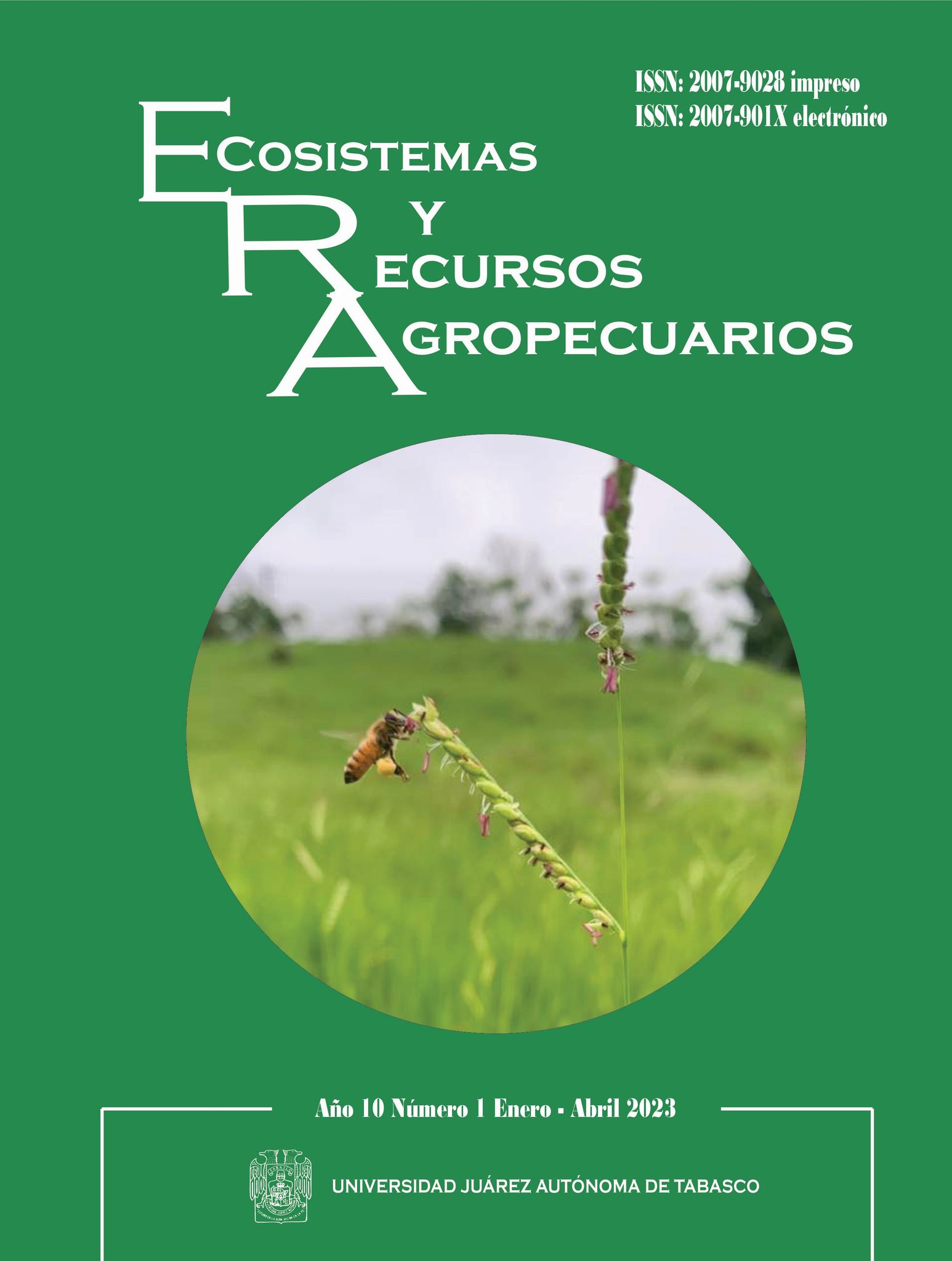Inter-annual prey fluctuation of Odocoileus virginianus in Maya group hunting (batida) in the Yucatan Peninsula
DOI:
https://doi.org/10.19136/era.a10n1.3467Keywords:
Subsistence hunting, Maya batida, Los Petenes Biosphere ReserveAbstract
In Neotropical environments, we know little about the abundance of wild vertebrates traditionally hunted. Based on subsistence
hunting records (2005-2019) as well as ethnographic information from Maya peasant-hunters, we assessed the inter-annual capture rate of white-tailed deer (Odocoileus virginianus) in a rural community in the northwest of the Yucatan Peninsula. We found that the number of prey decreased over the years, showing a declining capture rate (prey/trip) that decreased by as much as 50% from the first (2005-2006) to the third period (2010-2011) of records. The majority of peasant-hunters interviewed (74%; N = 31) perceived this reduction in deer to have taken place mainly over the past 10 years as consequence of hunting (71%). The agreement between the hunting trend and peasants’ perceptions regarding the abundance of white-tailed deer
suggests that this species may be at risk in future scenarios of use in northwest of contemporary Mayab.
Downloads
Downloads
Published
Issue
Section
License
Copyright (c) 2023 Ecosistemas y Recursos Agropecuarios

This work is licensed under a Creative Commons Attribution-NonCommercial-ShareAlike 4.0 International License.
Aviso de copyright
Los autores que se envían a esta revista aceptan los siguientes términos:
una. Los autores conservan los derechos de autor y garantizan a la revista el derecho a ser la primera publicación del trabajo con una licencia de atribución de Creative Commons que permite a otros compartir el trabajo con un reconocimiento de la autoría del trabajo y la publicación inicial en esta revista.
B. Los autores pueden establecer acuerdos complementarios separados para la distribución no exclusiva de la versión del trabajo publicado en la revista (por ejemplo, en un repositorio institucional o publicarlo en un libro), con un reconocimiento de su publicación inicial en esta revista.
C. Se permite y se anima a los autores a difundir su trabajo electrónicamente (por ejemplo, en repositorios institucionales o en su propio sitio web) antes y durante el proceso de envío, ya que puede conducir a intercambios productivos, así como a una cita más temprana y más extensa del trabajo publicado. (Consulte El efecto del acceso abierto).


